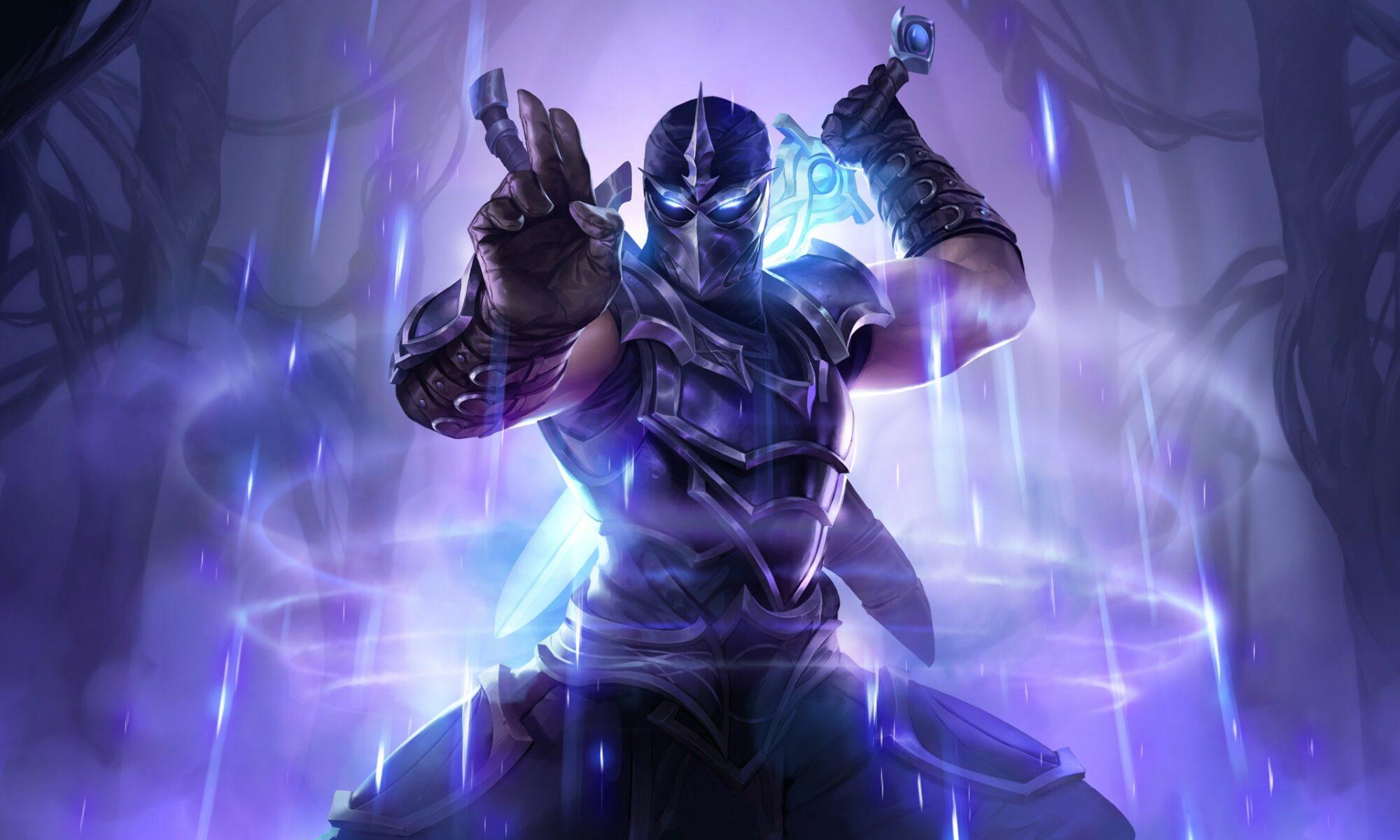Legends of Runeterra is a digital collectible card game that has gained a lot of popularity since its release in 2020. The game features seven distinct regions, each with its unique set of cards and playstyle. To succeed in Legends of Runeterra, players must understand the strengths and weaknesses of each region and build decks that complement each other.
In this post, we will explore the regions of Legends of Runeterra and how to create decks that maximize their potential.
-
Demacia
Demacia is a region that focuses on units with high attack and health values. The region has many cards that support this playstyle, such as single combat, which allows one unit to fight another, and relentless pursuit, which gives all allies on the board an attack token. Demacia also has cards that grant bonus stats to units, making them even more potent in combat.
When building a Demacia deck, it’s essential to have a balance of low and high-cost units to ensure that you have a solid early game and late game. Consider pairing Demacia with Freljord or Ionia for added versatility.
-
Freljord
Freljord is a region that focuses on ramping up mana and summoning large units. The region has many spells that grant bonus mana, allowing you to play higher-cost units earlier than usual. Freljord also has cards that summon multiple units at once, such as troop of Elnuks and Yeti Yearling.
When building a Freljord deck, consider pairing it with Ionia or Shadow Isles for added control and card draw. You’ll want to have a mix of high-cost units and spells to take advantage of Freljord’s mana ramping.
-
Ionia
Ionia is a region that focuses on mobility and control. The region has many cards that allow you to recall units, move them around the board, and grant them elusive, making them harder to block. Ionia also has many spells that allow you to stun or kill enemy units, making it an excellent region for control decks.
When building an Ionia deck, consider pairing it with Demacia or Freljord for added board presence and sustain. You’ll want to have a balance of low-cost units and spells to take advantage of Ionia’s mobility and control.
-
Noxus
Noxus is a region that focuses on aggression and damage output. The region has many cards that deal direct damage to the enemy Nexus, such as Crimson Disciple and Noxian Fervor. Noxus also has cards that grant bonus attack and overwhelm, allowing you to deal massive amounts of damage in a single turn.
When building a Noxus deck, consider pairing it with Shadow Isles or Piltover & Zaun for added removal and control. You’ll want to have a balance of low and high-cost units to ensure that you have a solid early game and late game.
-
Piltover & Zaun
Piltover & Zaun is a region that focuses on spells and card draw. The region has many cards that deal direct damage to enemy units, such as Mystic Shot and Get Excited! Piltover & Zaun also has cards that grant bonus card draw and create random cards, making it an excellent region for control and combo decks.
When building a Piltover & Zaun deck, consider pairing it with Noxus or Shadow Isles for added aggression and removal. You’ll want to have a balance of spells and units to take advantage of Piltover & Zaun’s spell-based playstyle.
-
Shadow Isles (cont.) as the Rekindler and Vile Feast
Shadow Isles also has cards that drain life from the enemy Nexus, making it an excellent region for sustain decks.
When building a Shadow Isles deck, consider pairing it with Noxus or Piltover & Zaun for added removal and aggression. You’ll want to have a balance of low and high-cost units to ensure that you have a solid early game and late game.
-
Bilgewater
Bilgewater is a region that focuses on plunder and card advantage. The region has many cards that generate extra cards, such as Pilfered Goods and Salvage. Bilgewater also has cards that grant bonus attack and draw power, making it an excellent region for combo and aggro decks.
When building a Bilgewater deck, consider pairing it with Ionia or Demacia for added control and board presence. You’ll want to have a balance of low and high-cost units to ensure that you have a solid early game and late game.
In addition to understanding the strengths and weaknesses of each region, it’s also essential to consider how the regions can complement each other. For example, pairing Demacia with Freljord can create a deck that has both high attack/health units and mana ramping, allowing for a more versatile playstyle. Pairing Noxus with Piltover & Zaun can create a deck that has both aggressive direct damage spells and removal, making it an excellent choice for control decks.
In conclusion, Legends of Runeterra has seven distinct regions, each with its unique playstyle and cards. To create successful decks, players must understand the strengths and weaknesses of each region and how they can complement each other. By doing so, players can create versatile and powerful decks that can take on any opponent.

